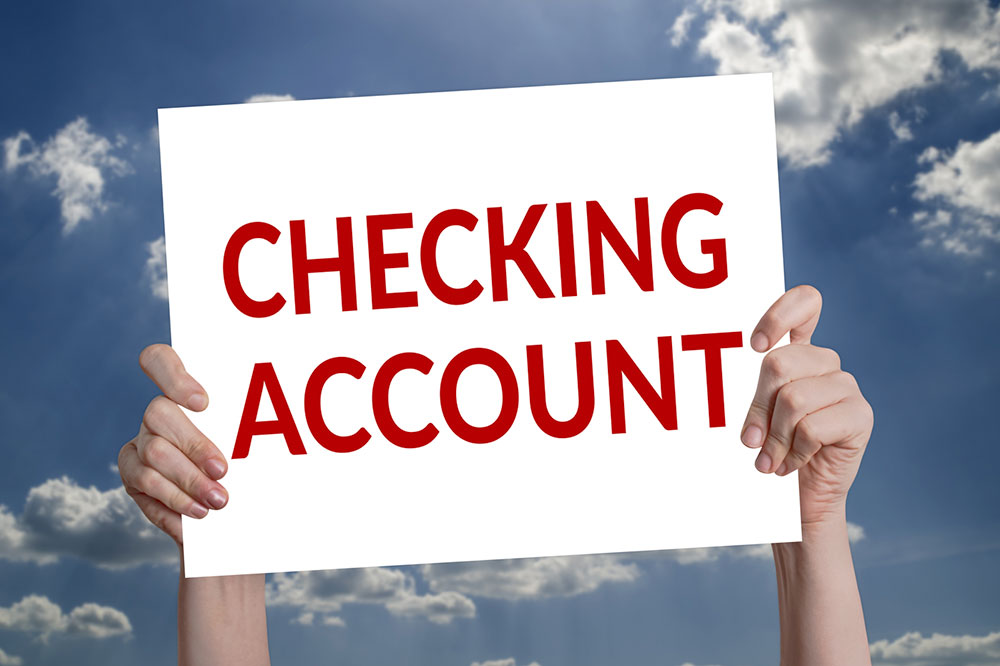
Tips for Optimizing a Checking Account
Many people maintain a checking account since their student days, through college, and into their working lives. Checking accounts can give you several advantages.
They help you to better handle your money and ensure that it’s kept secure from theft, fire, or loss. In addition, they save you the inconvenience of carrying large sums of money while traveling, shopping etc. If you have a valid ID proof, most retail organizations and other businesses accept checks.
Checking accounts are usually bundled with a debit card that provides almost the same features as your checks. Checks are the paper-trail that prove that you have made payments. The FDIC insures most checking accounts up to a certain limit.
Keeping these things in mind, here’s all you need to know about how to optimize your checking account:
- Before you open a checking account, it’s wise to get to know about them so that you can make the most of the facility. Your financial adviser or banker can give you many useful tips for optimizing a checking account.
- Banks may offer special features to students, till they graduate, that don’t charge fees for certain features and facilities.
- When you open a joint account with another person/s, all the account holders are entitled to write checks on that account.
- The primary feature of checking accounts is their liquidity or easy availability of cash in the account. For this reason, in exchange for liquidity, many banks don’t offer a high interest rate on funds held in a checking account, since customers have easy access to funds.
- Banks do charge fees for features like not maintaining a minimum balance, using the account too many times, overdrafts etc. Customers must get clarity on such fees before they open the account, as fees vary between different banks.
- Customers must also realize that checking accounts are largely seen as “loss leader” products by the bank. The bank may attract customers initially with a free/low-cost checking account so that they can entice them into other, higher-value products and financial features like loans, mortgages, term deposits etc.
- Accessing checking accounts to deposit or withdraw cash can also be done via ATM machines, over the counter transactions, electronic transactions etc. besides writing a check.
- Overdraft protection is offered by most banks to their checking account customers. This is a feature where people who write checks or use a debit card to pay for something that costs more than the available balance in their accounts are protected by the bank. The bank honors the transaction but charges the customer a fee for this. However, there are several pitfalls to this, because banks don’t always tell their customers how exactly the fees are charged. Customers can opt out of overdraft facilities if they wish to.
- A checking account can impact your credit score/report in some situations. The bank may also scrutinize your credit score before offering you a checking account.



